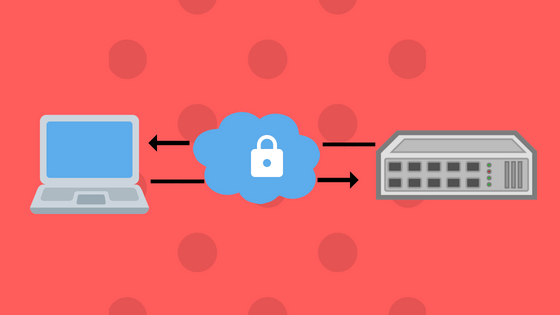Is Your Business Prepared For an IT Disaster?
Last updated on March 11th, 2025 at 03:38 pm
Is Your Business Prepared For an IT Disaster?

Is your business prepared for an IT disaster? Many small business owners don’t understand how significant a cyber attack can affect their business until it happens. If an unexpected event does occur, you need to have a disaster recovery plan. Here are the steps to start and implement your IT disaster recovery plan today.
Create a Complete Disaster Recovery Plan
A Recovery Plan will save you not just from attacks but also natural disasters or accidents that may affect your data. Earthquakes, floods or fires can damage your servers or other systems and cause you to loose valuable business data. Work with a specialized IT provider to create your business IT disaster recovery plan. Every detail about your business operations and how it is handled daily should be considered. This plan takes into consideration your data, workflow and budget to develop a plan that fits your needs. An additional requirement is train all employees involved in the plan to understand and know their role and the importance it plays within the plan.
Test Your Disaster Recovery Plan Frequently and Update
Once you have created the disaster recovery plan test it for performance and effectiveness. Testing the plan may present hidden holes that need to be addressed. Beyond the initial testing phase it’s recommended to conduct periodic testing and training with your staff. Developing your disaster recovery plan and testing since recovery time objective (RTO), and recovery point objective (RPO), do change over time.
Backup Your Data
Onsite backups provide a great benefit to your business, but it’s not good enough. Data should also be backed up to a cloud or other off-site location. This is a key element of any good disaster recovery plan. Your managed service provider can monitor and update files as needed and backup the data continuously. We recommend going with the 3-2-1 plan. Make 3 copies of your data, keep them on 2 different types of media, and keep 1 offsite. Further, keep in mind that your backups will be useless in the event of a ransomware attack if the backup itself gets encrypted, so plan accordingly and chose the appropriate backup type.
Set Centralized Objectives/Goals
Before a disaster strikes, you should have set objectives. Consider your targeted recovery time, recovery point objective and more. Resolve how much downtown is allowed, and how immediately you need to have your server restored. Your backup, disaster recovery plan, and cost of implementation will be affected by these objectives.
Finally, the point is business owners need to have a business IT disaster recovery plan. Green Shield Technology can help any small business with 5 to 150 users in Rancho Cucamonga, Ontario, Corona, or surrounding areas who need to implement a disaster recovery plan as soon as possible.

Author
Josue Nolasco
I'm a former US Marine infantryman who made a switch to IT to provide cyber security services to SMB's. I'm as much a child of technology as I am of the great outdoors. I like spending time playing, experimenting with, and learning new technologies and whenever possible taking camping trips with friends and family.

